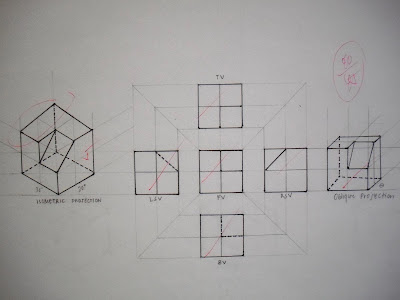SONNET
CHAPTER 1& 2
At first I know about psychology
It is just a study of behavior
It is very interesting study
Psychologist is a good observer
And when I take the course Psychology
I found out that except of behavior
Mental processes is a part of study
There are human development factors
Fraternal twins shares fifty percent genes
Genes are units composed of DNA
Sickle-cell anemia refers to disease
Children with this may have poor appetites
Down Syndrome caused mental retardation
The zygote receives extra chromosomes
Chapter 3
Nervous System is a living tissue
The cells in nervous system called neuron
Human brain weighs about three hundred pounds
Hind brain is located at the skull's rear
It has three identified structures
The second major area is Mid brain
Located between hind brain and fore brain
And the third major area is fore brain
This area is the largest part of brain
It has left and right sides called hemispheres
The Cerebral cortex is our new brain
And the Limbic system is our old brain
Pituitary Gland is the master gland
Chapter 4
Sensation is a sense activation
And Perception is interpretation
Transduction which a sense of perception of light
Are brightness, color, and saturation
In brightness, the higher the wave, the light
Appears brighter and low waves are dimmer
Color is determined by length of wave
Saturation refers to purity
Color blindness caused by defective cones
In the retina of the human eye
And there are two kinds of color Blindness
Monochrome and Red-Green color blindness
Maybe the people's cones are not working







































